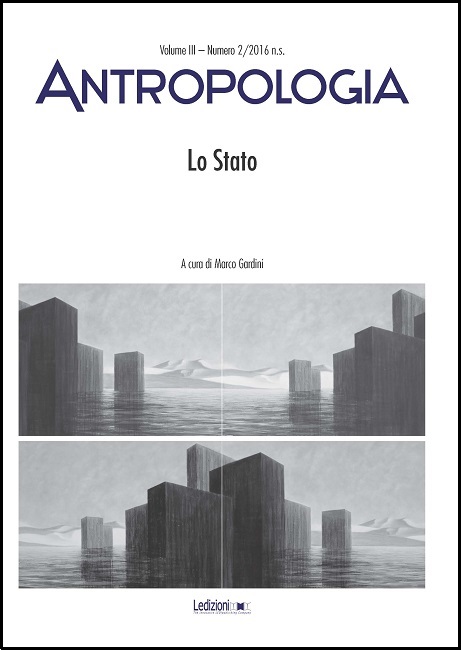Center and periphery in imperial Ethiopia: governing the north-western border in the lowlands of Gondar
DOI:
https://doi.org/10.14672/ada2016750%25pKeywords:
Center, Periphery, Ethiopia, Border, MazegaAbstract
The paper analyses the process of state building of imperial Ethiopia at the
northwestern frontier with the Sudan between 1941 and 1972. The case study deals with an agricultural development project financed by the World Bank Group and the United Nations in the Setit Humera district. Methodologically, the article relies on primary sources collected in the archives of the United Kingdom, Ethiopia, Banco di Roma and the World Bank, complemented by oral interviews and grey literature. The revision of Ethiopia’s ruling strategies did not stem out of a linear process, however, but it was the outcome of ongoing negotiations between different layers of government that performed statecraft in the lowland.
The analysis of the internal dynamics within the Ethiopian state apparatus is
useful for a more critical understanding of the center-periphery paradigm.
Downloads
Published
Issue
Section
License
Authors maintain the copyright of their original work and grant the Journal the right to first publication, licensed after 36 months under a Creative Commons Licence – Attribution, which allows others to share the work by indicating the authorship and first publication in this journal.
Authors may agree to other non-exclusive licence agreements for the distribution of versions of their published work (for example in institutional archives or monographs) under the condition that they indicate that their work was first published in this journal.



